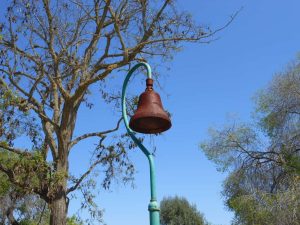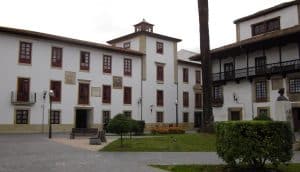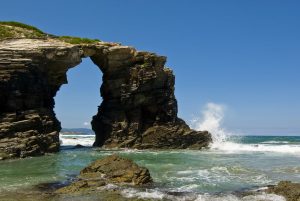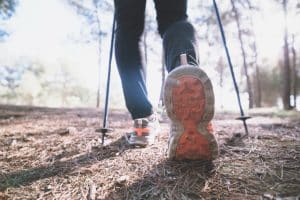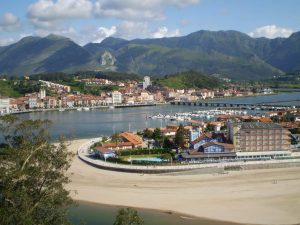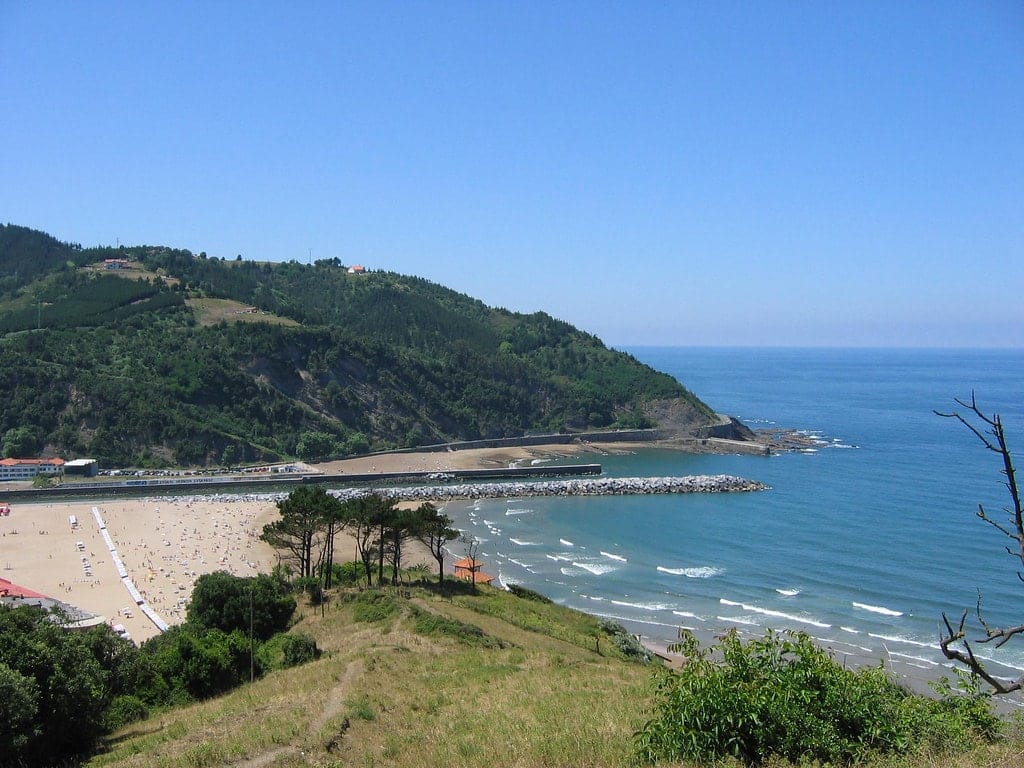
Deba, a town located in the province of Gipuzkoa, is a must-visit stop for those walking the Camino de Santiago along the North Route. With its history, stunning natural landscapes, and well-preserved local culture, it offers a unique experience for both pilgrims and tourists alike.
In this guide, we will explore the main attractions of Deba and why it is an essential stop if you’re planning to undertake Camino de Santiago trips.
Índice de contenidos
Why choose the North Route?
Deba is a must-stop on the Camino de Santiago from Irún. This North Route begins in Irún, at the border with France, and follows the Cantabrian coast all the way to Santiago de Compostela.
As you may know, this alternative is famous for its passage along the Cantabrian coast at many points and its varied geography. Opting for this route allows pilgrims to enjoy spectacular views of the sea, mountains, and picturesque villages, all while soaking in the rich Basque culture.
While the North Route offers an unparalleled experience, it is interesting to compare it with other routes to better understand its advantages.
- The Camino de Santiago from Ourense is perfect for those looking for a quieter and less crowded route. This variant of the Sanabrés Route crosses inland landscapes, offering a deep connection with nature and the region’s history. However, in both cases, there is no overwhelming mass tourism.
- In fact, it crosses a variety of natural landscapes, from steep cliffs and pristine beaches to lush mountains and dense forests. This geographical diversity offers numerous opportunities for outdoor activities like hiking, surfing, and birdwatching.
- On the other hand, if you’re walking the Camino Primitivo from Lugo, you’ll know that this route is known for its physical challenge, as it crosses mountains and valleys, offering an intense and authentic experience for more adventurous pilgrims. Generally speaking, the North Route is more accessible for all types of people and physical conditions.
- Finally, the historical and architectural richness of the cities and towns along the North Route allows pilgrims to immerse themselves in the cultural heritage of the Basque Country. Each town has its own charm and traditions, making every step a new cultural adventure.
Discovering Deba
Although not as well-known as other towns along the North Route, we can assure you that this town of just over 5,000 inhabitants will captivate you. To give you an insight before you pass through, here are the main points of interest.
Historical and Cultural Heritage
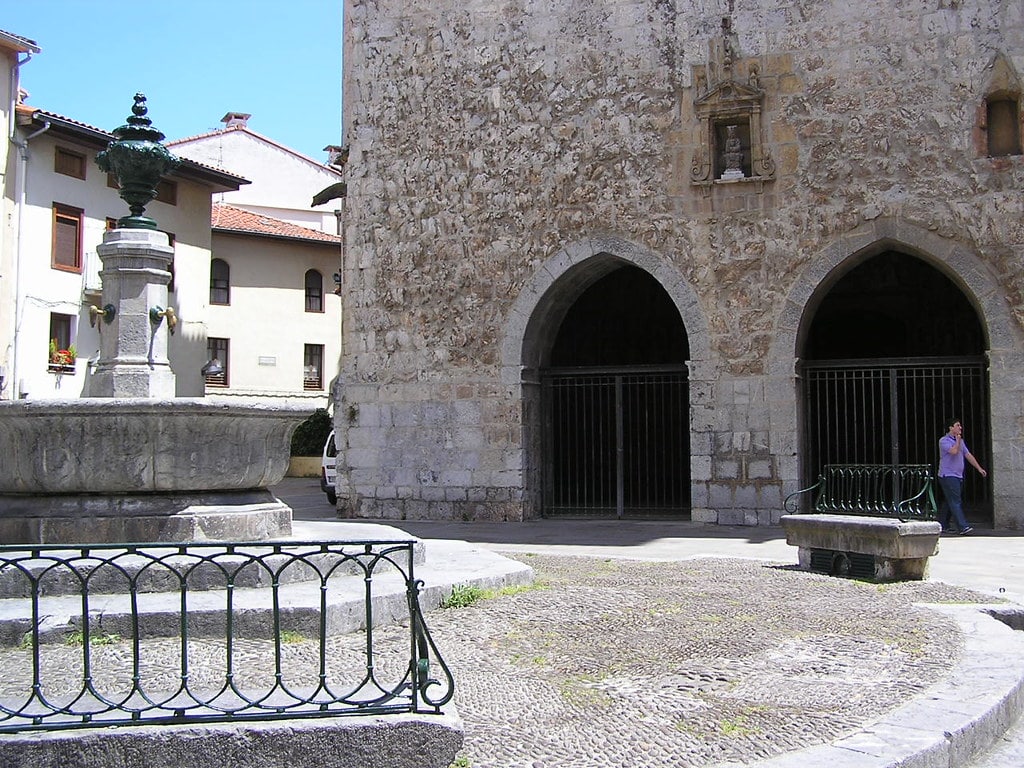
The Parish Church of Santa María stands as one of the most imposing religious buildings in the entire province. It is actually considered a National Monument and a clear example of Basque Gothic architecture.
Its structure consists of a hall plan with three aisles of equal height. It also houses the oldest cloister in the area and several chapels attached to the buttresses.
It was built over an earlier structure between the 15th and 16th centuries and preserves numerous elements from the old church. One of its highlights is the magnificent polychrome portal, which depicts the life of the Virgin Mary through its sculptures. These sculptures were carved in 1465, making it one of the most beautiful portals in the region’s historical heritage.
The private chapels, which belonged to the wealthiest families of Deba, along with the cloister, were built in the 16th century. The sacristy, the last addition to the temple, was constructed during the Baroque period.
Nature and Landscapes
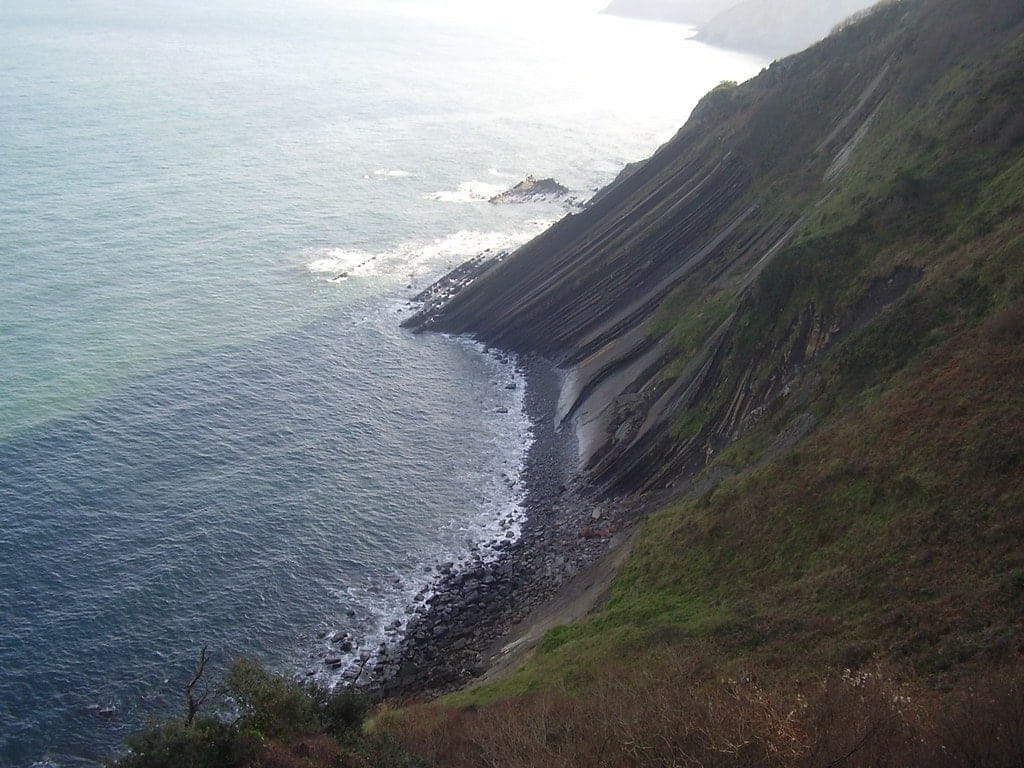
Deba is a paradise for nature lovers. Its beaches and cliffs offer breathtaking views and are perfect for relaxing after a long day of walking. The Playa de Santiago de Deba, with its golden sand and crystal-clear waters, is ideal for enjoying the sun and the sea.
In addition, the surroundings have numerous natural trails and viewpoints that allow visitors to explore the beauty of the area. The Elgorriaga Viewpoint, for instance, offers a spectacular panoramic view of the Bay of Biscay, where you can admire the majesty of the cliffs and the serenity of the sea.
The Flysch of Zumaia is an impressive geological formation that displays layers of marine sediments accumulated over millions of years.
Museums and Cultural Centres
For those interested in local culture, Deba has several spaces dedicated to preserving and showcasing its rich tradition. One of the main venues is the Deba Cultural Centre, where art exhibitions, music events, and workshops are organised for visitors and residents. This centre is a meeting point for local artists and provides a deep insight into the town’s cultural life.
It also houses some art galleries displaying works by contemporary Basque artists, allowing visitors to appreciate the creativity and talent of the region.
Activities and Experiences in Deba
Deba is not only a place to visit but also a place to experience unique activities. Pilgrims can enjoy a variety of experiences that complement their journey along the Camino de Santiago.
- Hiking and nature routes. As we’ve mentioned, there are multiple routes that allow you to explore the natural surroundings. From coastal walks to excursions through forests and mountains, there are options for all skill levels.
- Water activities. Deba is an ideal destination for those who enjoy water activities. Surfing, kayaking, and snorkelling are just some of the options available for those wanting to make the most of the Cantabrian Sea. Local schools offer lessons and equipment rentals, making it easy to access these exciting activities.
Tips for Making the Most of This Stage of the Camino
To make the most of your stop here, consider the following recommendations:
- Plan your stay: make sure to book accommodation in advance, especially during the peak pilgrimage season. Don’t worry, that’s exactly what we’re here for.
- Explore the surroundings: take time to visit nearby points of interest, such as the Urkiola Natural Park or the Gipuzkoa coast.
- Enjoy the local gastronomy: Try Deba’s typical dishes at its restaurants and bars – a great way to recharge your energy and experience Basque culture.
Local Gastronomy
The gastronomy of Deba reflects its coastal location and rich culinary tradition. Local restaurants offer a variety of dishes that stand out for their freshness and flavour.
Typical Dishes from Deba
One of the most emblematic dishes from Deba is txangurro, a preparation of spider crab typically served baked with a delicious mixture of onion, pepper, and tomato.
Another popular dish is baccalà al pil-pil, a traditional Basque recipe that combines cod with olive oil, garlic, and chilli to create a rich, thick sauce.
Local Products You Can’t Miss
In addition to prepared dishes, Deba is known for its high-quality local products. Txakoli, a white wine typical of the Basque Country, is perfect to accompany any meal. It’s also worth trying the artisan cheeses and cured meats, which reflect the agricultural richness of the region.
Deba is much more than just a stop on the North Route. It’s a destination offering a perfect combination of history, nature, and culture. From its beaches and cliffs to its charming streets and rich gastronomy, it has something for every pilgrim and visitor.

